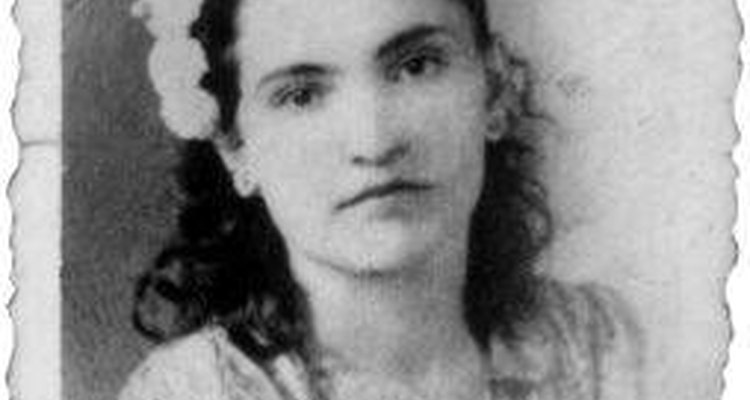
A genogram represents your family history and relationships through a series of specific symbols. These diagrams are often used to give you a clearer picture of your medical background, and they can be helpful for healthcare providers and mental health professionals. You can use a genogram program that lets you plug in information, but you can also create your own genogram on paper. Learning how to do a family genogram is fairly easy once you understand the symbols on the genogram legend.
Representing Family Members
The two symbols that represent people are squares and circles. Squares represent all male family members. Circles represent all female family members. Just like a basic family tree, the family is represented in a hierarchy, with the parents above and any children of the couple listed below. You can add several generations to the genogram. The oldest generation on the chart is at the top. Subsequent generations are added below. Everyone from the same generation is on the same level.
For example, if you start with your grandparents, all of their children are listed below them on the second level down. You, your siblings and all of your cousins are listed in the next level down below your parents. Your children and the children of your siblings and cousins go on the level below you.
Special circumstances. You can also represent differences in children. An adopted child has a dashed line leading down to the gender symbol. A foster child has dots leading to the symbol. If someone is pregnant, a triangle represents that unborn child. A miscarriage is represented by a triangle with an X through it. An abortion looks similar, with the addition of a horizontal line through the X. If a baby is stillborn, use the gender symbol with an X through it.
Multiples. Twins should be connected by branching two lines out at an angle starting from the same point on the line that connects the parents. If they are identical twins, also draw a horizontal line between the two gender symbols. The same idea works for triplets or other multiples.
Adding Relationship Details
Besides arranging the names in a hierarchy, there are other rules for representing relationships in families:
Gender. Male parents always go on the left, and female parents go on the right. For your parents, put a square on the left for your dad and a circle to the right for your mom.
Age. Kids go below their parents in order from oldest to youngest, with the oldest being on the left and the youngest being on the right.
Marriage status. Spouses who are still married are connected with a solid horizontal line. Solid lines are also used to connect the couple to their children below them. If a couple divorces, two slanted lines go through the solid line that connects them. A separation is acknowledged with a single slanted line.
Remarriage. If someone remarries, all spouses are listed. Say your parents got divorced and your dad remarried. Start with your parents connected by a solid line with two slanted lines on it. Add a second circle to the right of your mom to represent your dad's second wife. Continue the solid line to her circle. If your mom remarried, you would do the opposite. Add another square to the left of your father to represent her new husband. Half siblings are listed below the line leading to the second spouse.
Emotional relationships. There are also different types of lines to describe the emotional relationship between people. A distant relationship is indicated by a dashed line. Conflict appears as a double dashed line. A hostile relationship is represented by a red zigzag line, while abuse is indicated by a blue zigzag line.
Incorporating Information on Medical Conditions
Adding medical information to the genogram is useful if you're creating the chart for health purposes. Different medical conditions are marked by including a section of color inside the person's gender symbol. Some examples include dark red for heart disease, purple for cancer, dark yellow for diabetes and blue for autism. When someone passes away, you draw an X through that person's gender symbol.
Finding Information for Your Genogram
Starting with your immediate family is the easiest way to create the foundation of your genogram. You likely know a lot about the relationships and health conditions of those family members you spend so much time with. Branch out from the core of the genogram with additional relatives. You might know less about those people, especially when it comes to medical history. Ask living family members for any information they might have that fits into the genogram. Doing a little digging can help too. For example, you might find obituaries from relatives that include the cause of death, which can reveal some medical history to include on the chart.
Related Articles

What Are the Genogram Symbols?
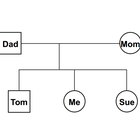
How to Draw Genograms

How to Find Twins on Pedigree Charts

How to Draw a Family Tree When There Is ...

How to Make a Genogram Chart
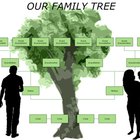
Family Tree Rules

How to Make a Family Tree With Ex ...

How to Construct a Kinship Diagram

How to Create a Family Tree That ...

Genograms & Ecomaps
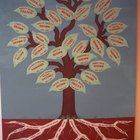
How Are Second Cousins Related?

How to Make a Free Genogram
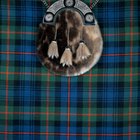
How to Figure Out My Scottish Clan
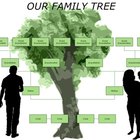
How to Make a Family Tree for the 5th ...

How to List Stepparents in a Wedding ...

What Are Direct Descendants?
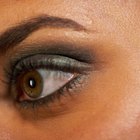
How to Feminize Your Eyebrows

Traditional Flowers & Plants for a 50th ...

How to Reconnect With Estranged Children

How to Stop Fighting Among Older Adult ...
References
Resources
Writer Bio
Shelley Frost writes professionally on a full-time basis, specializing in lifestyle, family, parenting and relationship topics. She holds an education degree and has extensive experience working with kids and parents.
Photo Credits
DJGonta/sxc.hu